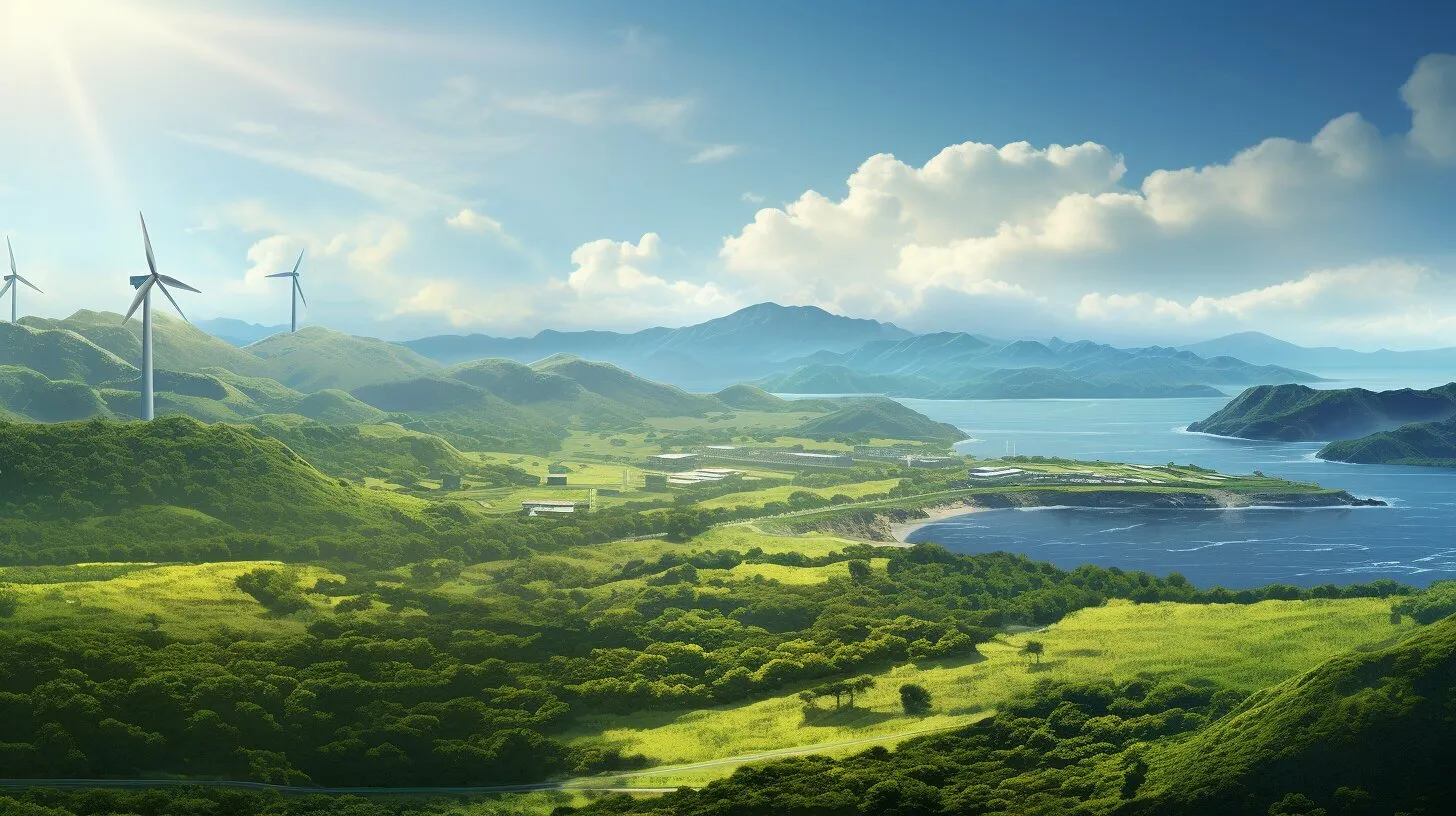In a surprising twist for one of the world’s leaders in renewable energy, Costa Rica is currently grappling with a significant downturn in its green energy production. This historic drop has raised eyebrows and concerns alike, as the nation known for its lush landscapes and commitment to sustainability faces unexpected challenges in its energy sector.
The Roots of the Renewable Retreat
For years, Costa Rica has been celebrated as a beacon of environmental stewardship, often powering itself almost entirely on renewable energy sources such as hydroelectric power, wind, and geothermal energy. However, recent reports indicate a sharp decline in production, attributed to a variety of environmental and technical factors.
Hydro Hurdles: Water Woes Dampen Production
A primary component of Costa Rica’s renewable energy matrix is hydroelectric power, which historically accounts for over 70% of the nation’s energy production. This reliance on hydro plants places the country at the mercy of climatic conditions. Recent patterns of unusually low rainfall have resulted in reduced water levels in key reservoirs, directly impacting the output of these hydroelectric stations. This hydrological hiccup underscores the vulnerabilities in depending too heavily on one source of renewable energy, especially one as variable as water.
Wind and Solar: Not Enough to Fill the Breach
While other forms of renewable energy such as wind and solar power are part of Costa Rica’s energy strategy, they have not yet scaled to a level that compensates for the shortfall in hydroelectric power. Wind and solar infrastructures, although expanding, face their own set of challenges including consistency of production and storage issues.
Geothermal Potential: Untapped and Underfunded
Costa Rica’s unique geographical position offers substantial geothermal potential, thanks to its volcanic activity. However, exploitation of this resource has been slow and fraught with financial and regulatory hurdles. The upfront investment required for geothermal energy is substantial, and without adequate funding and support, its role in the national energy grid remains limited.
Economic Impacts: Powering Down?
The decrease in renewable energy production has broader implications for Costa Rica’s economy. The country’s energy self-sufficiency is a cornerstone of its economic stability and environmental policies. A continued energy shortfall could lead to increased reliance on imported fossil fuels, contradicting its long-standing commitment to sustainability and potentially increasing energy costs for both businesses and consumers.
Policy Paralysis: A Call for Innovation
This historic drop in renewable energy production calls for a critical reassessment of Costa Rica’s energy policies. Experts argue that there is an urgent need for diversified investment in the renewable sector, including modernizing existing infrastructure, increasing funding for geothermal development, and exploring new technologies in storage and energy efficiency.
Public Perception and Global Reputation
Costa Rica’s reputation as a leader in renewable energy attracts tourists and investors interested in sustainability. The current energy crisis could tarnish this image if not addressed effectively. Public perception is shifting towards concern, prompting calls for transparent policy responses and active engagement from government bodies.
The Path Forward: Strategies for Renewal
To combat the downturn, Costa Rica needs a multifaceted approach:
- Diversification: Expanding the mix of renewable sources to include more solar, wind, and biomass.
- Investment in Technology: Upgrading infrastructure to enhance efficiency and incorporating energy storage solutions.
- Legislative Support: Enacting policies that facilitate quicker development of geothermal resources and other renewable projects.
- Community Engagement: Educating and involving communities in renewable projects to ensure support and success.
The unexpected decline in renewable energy production in Costa Rica serves as a cautionary tale about the complexities of managing a green grid. It underscores the need for continuous adaptation and innovation in the face of environmental and technical challenges. By strategically addressing these issues, Costa Rica can hope to restore its position as a global leader in renewable energy and continue to inspire other nations on the path to sustainability.

